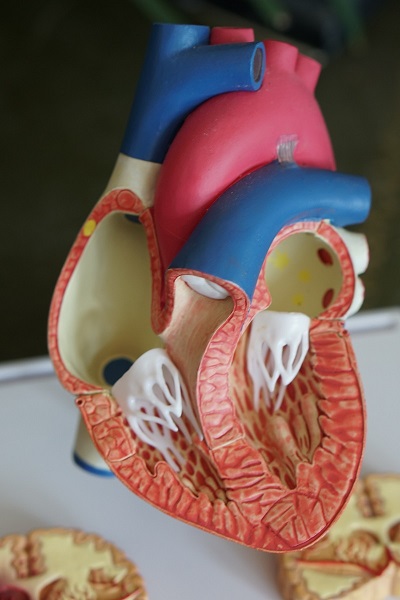After the proximal tubule, comes the loop which connects to the distal tubule. This loop or U shaped structure is called Henle’s loop. In Henle’s loop, sodium is not absorbed actively, but passive outward salt transport does happen. Further, the concentration of sodium and chlorine starts decreasing and thus the Henle’s loop happens to be only a passage from the proximal tubule to the distal tubule and the transport of these salts in the urine is mediated by the transepithelial voltage difference. This happens because there is more amount of sodium outside the tubule than inside. This starts pulling the water, which acts as a cotransporter and also due to the action of vasopressin and various other diuretics present in the surrounding areas.
Thus the ascending limb of Henle’s loop is impermeable to water and the net sodium and chloride reabsorption create a hypotonic fluid that gives rise to higher sodium chloride concentration in the interstitial.
In the next article, we discuss distal tubules and their functions










